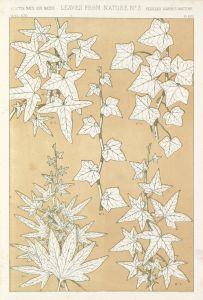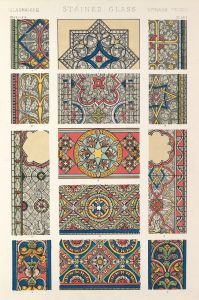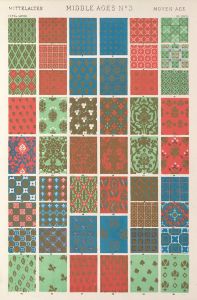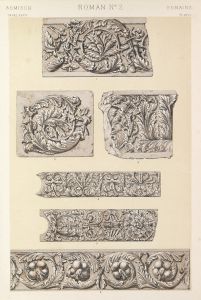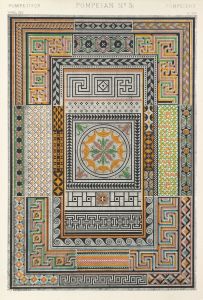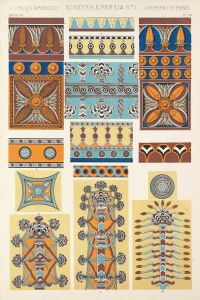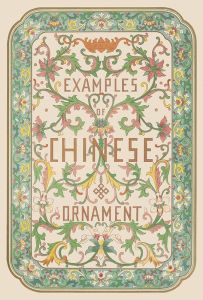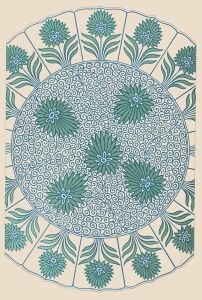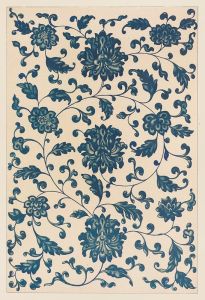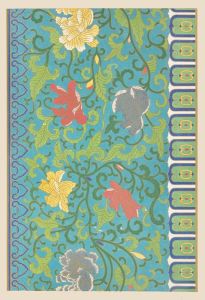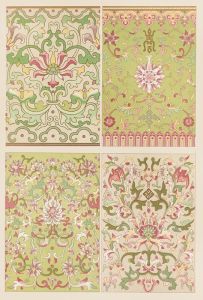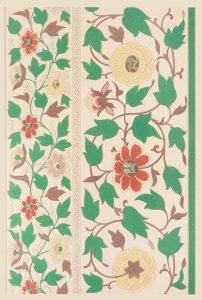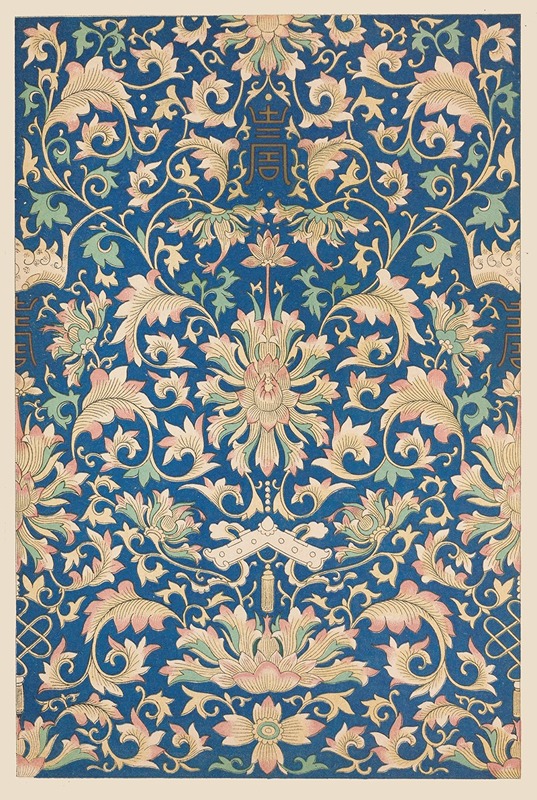
Examples of Chinese ornament, Pl.52
A hand-painted replica of Owen Jones’s masterpiece Examples of Chinese ornament, Pl.52, meticulously crafted by professional artists to capture the true essence of the original. Each piece is created with museum-quality canvas and rare mineral pigments, carefully painted by experienced artists with delicate brushstrokes and rich, layered colors to perfectly recreate the texture of the original artwork. Unlike machine-printed reproductions, this hand-painted version brings the painting to life, infused with the artist’s emotions and skill in every stroke. Whether for personal collection or home decoration, it instantly elevates the artistic atmosphere of any space.
"Examples of Chinese Ornament, Pl.52" is a notable illustration by Owen Jones, a prominent British architect and designer known for his influential work in the field of design theory and ornamentation during the 19th century. This particular plate is part of his seminal publication, "The Grammar of Ornament," first published in 1856. The book is a comprehensive collection of design patterns and motifs from various cultures around the world, and it played a significant role in shaping the understanding and appreciation of decorative arts during the Victorian era.
Owen Jones was deeply interested in the principles of design and the use of color, and he sought to document and analyze the decorative arts from different cultures to educate and inspire designers and architects of his time. "The Grammar of Ornament" includes a wide array of design examples from cultures such as Egyptian, Persian, Greek, Roman, Indian, and Chinese, among others. Each plate in the book is meticulously drawn and colored, showcasing the intricate details and vibrant colors characteristic of the respective cultural styles.
Plate 52, specifically, focuses on Chinese ornamentation. Chinese decorative art is renowned for its rich symbolism, intricate patterns, and the use of vibrant colors. The designs often incorporate motifs from nature, such as flowers, birds, and mythical creatures, as well as geometric patterns and calligraphic elements. These motifs are not only aesthetically pleasing but also carry cultural and philosophical significance, reflecting the values and beliefs of Chinese society.
In "Examples of Chinese Ornament, Pl.52," Jones captures the essence of Chinese design through a series of patterns and motifs that highlight the elegance and complexity of this artistic tradition. The plate likely features a variety of elements typical of Chinese ornamentation, such as stylized floral patterns, intricate lattice work, and perhaps representations of traditional Chinese symbols like dragons or phoenixes. The use of color in Chinese ornament is also significant, with red, gold, blue, and green being prominent hues that convey different meanings and are often associated with prosperity, harmony, and good fortune.
Jones's work, including Plate 52, was instrumental in introducing Western audiences to the beauty and sophistication of Chinese decorative arts. It also contributed to the broader 19th-century movement of Orientalism, where Western artists and designers drew inspiration from Asian art and culture. While Orientalism as a movement has been critiqued for its often romanticized and sometimes inaccurate portrayals of Eastern cultures, Jones's documentation of Chinese ornamentation remains a valuable resource for understanding the cross-cultural exchanges in art and design during this period.
Overall, "Examples of Chinese Ornament, Pl.52" by Owen Jones is a testament to the designer's commitment to exploring and celebrating the diversity of global artistic traditions. Through his detailed and respectful representation of Chinese ornament, Jones not only preserved these designs for future generations but also encouraged a greater appreciation for the artistry and cultural significance embedded in the decorative arts of China.





